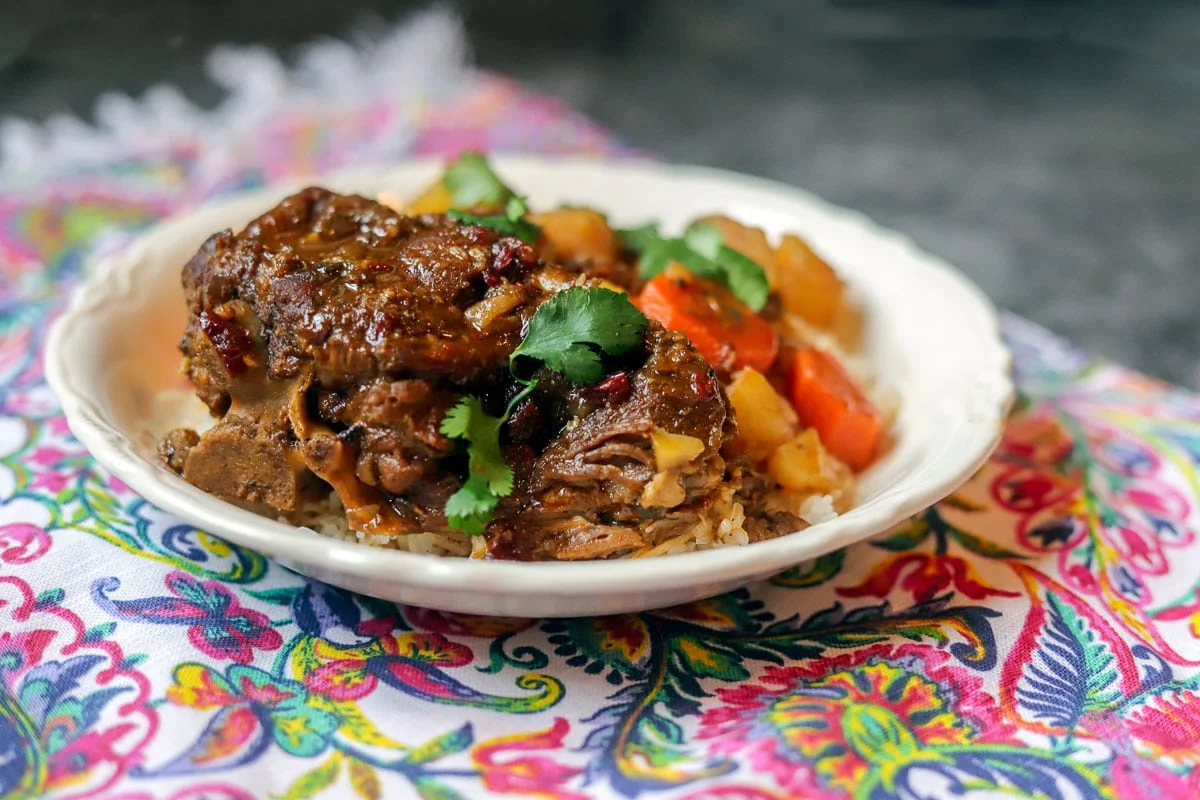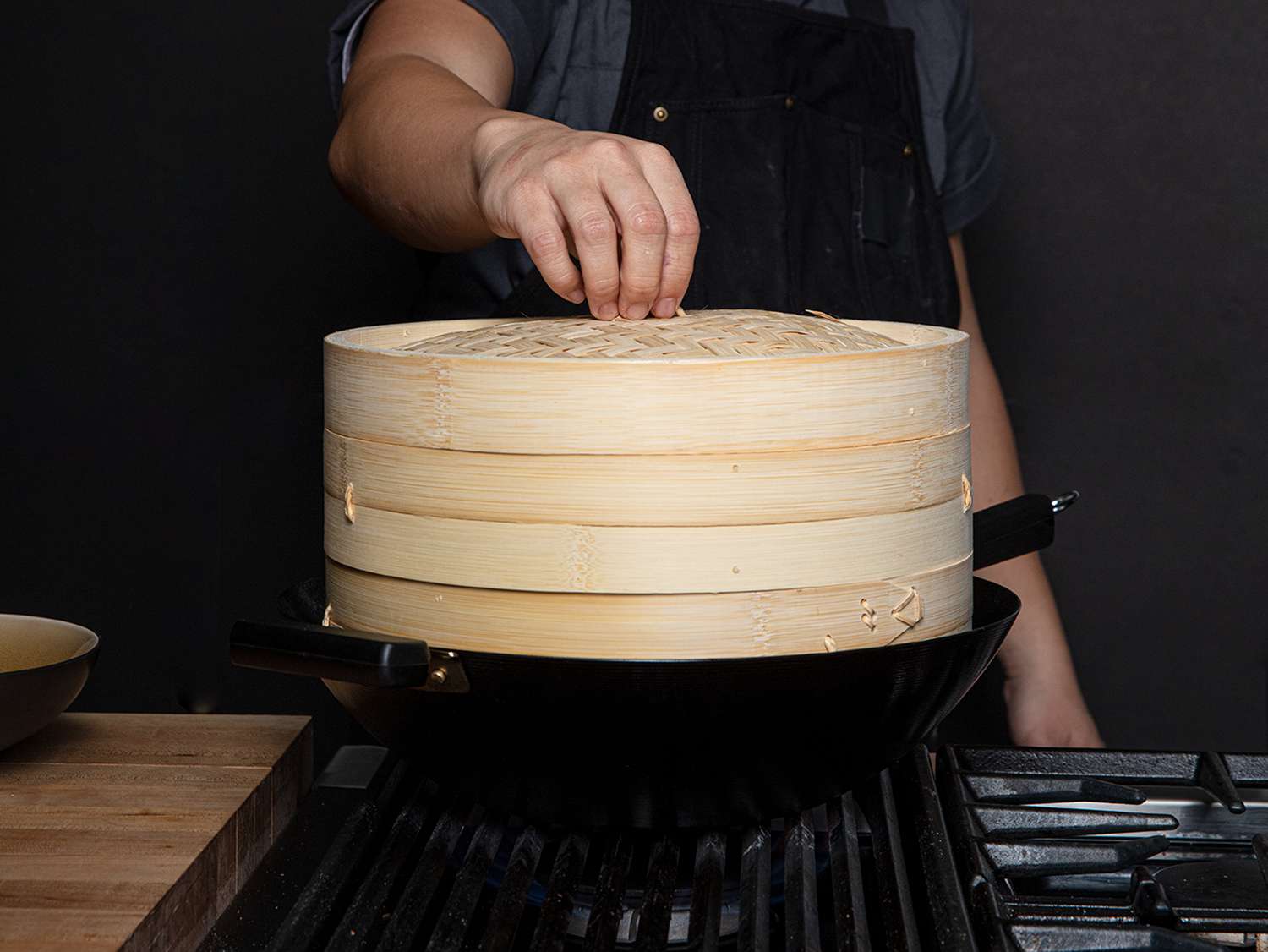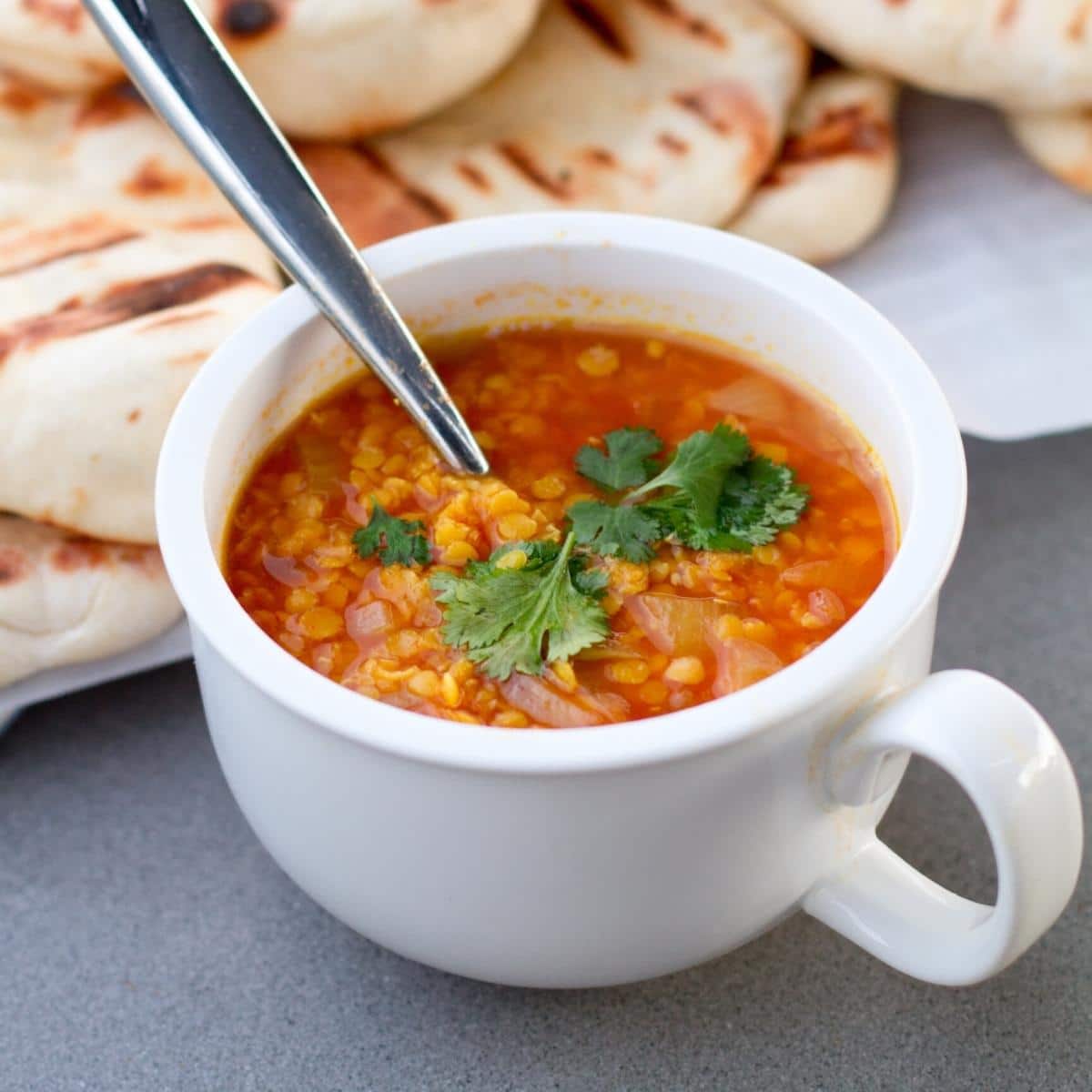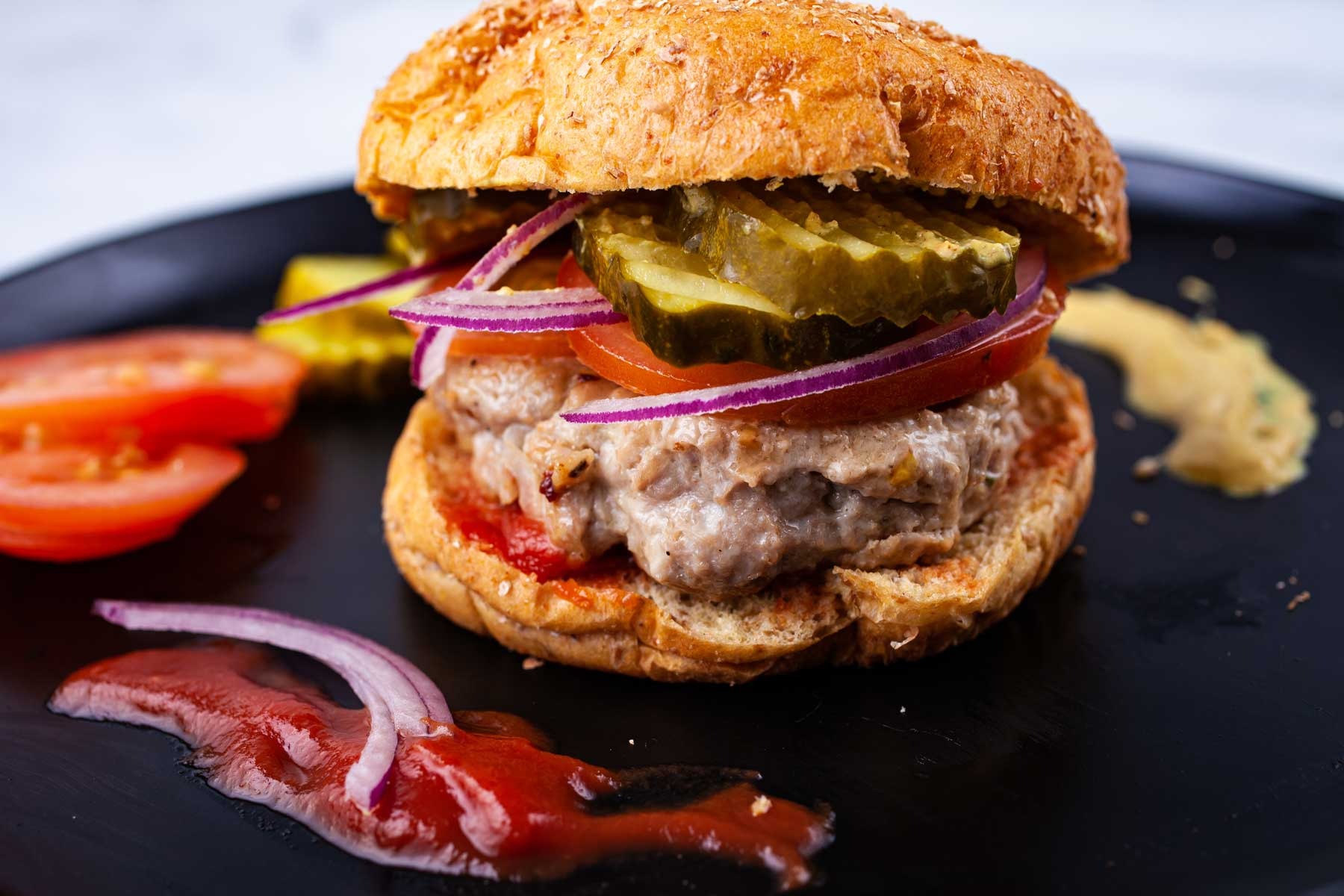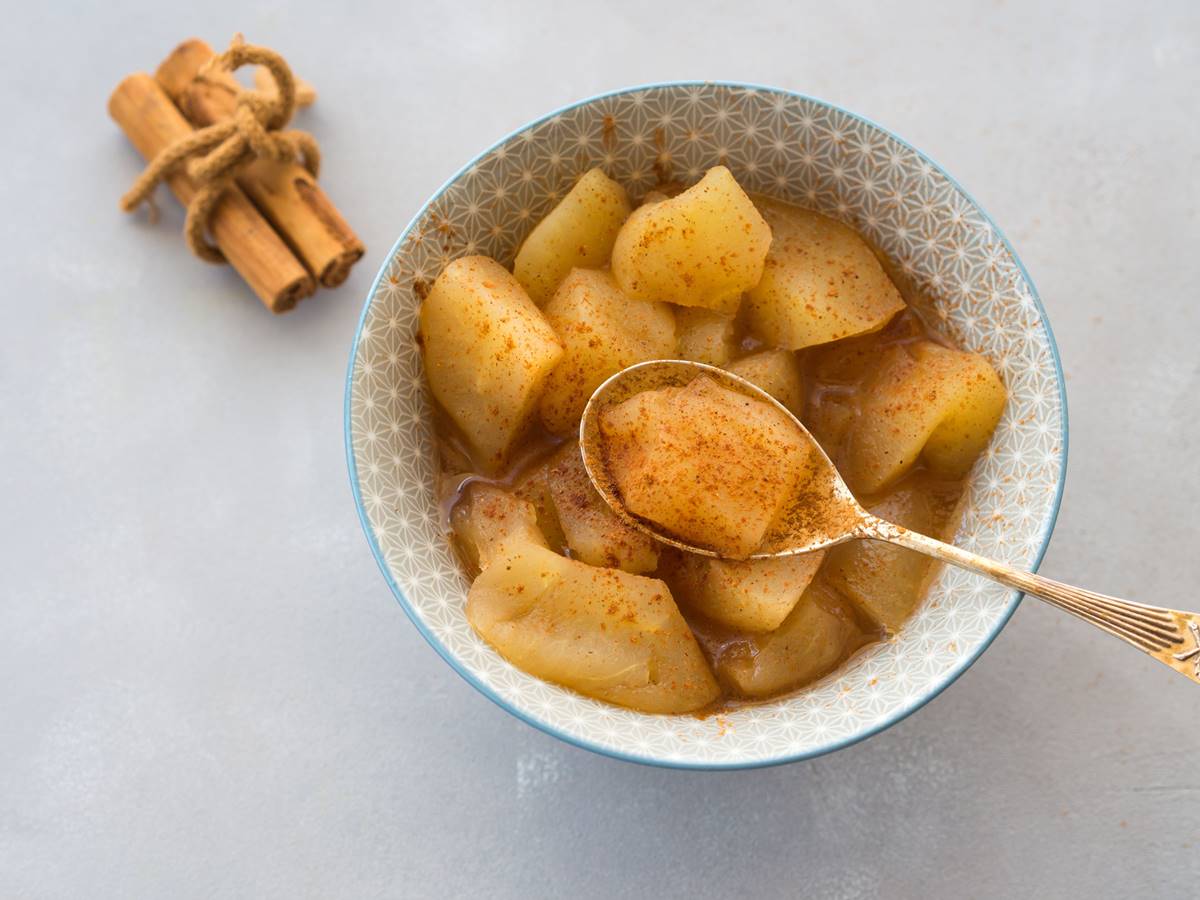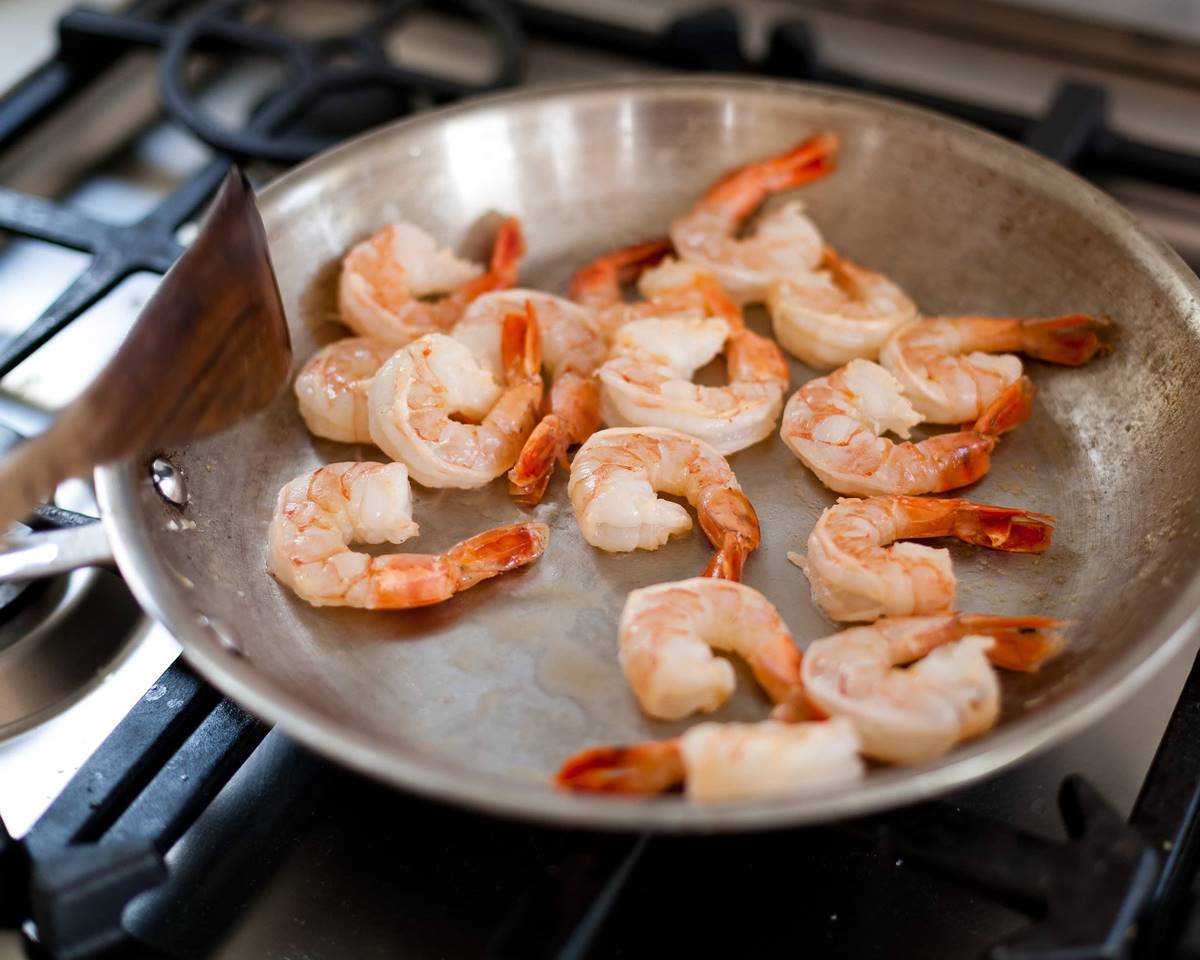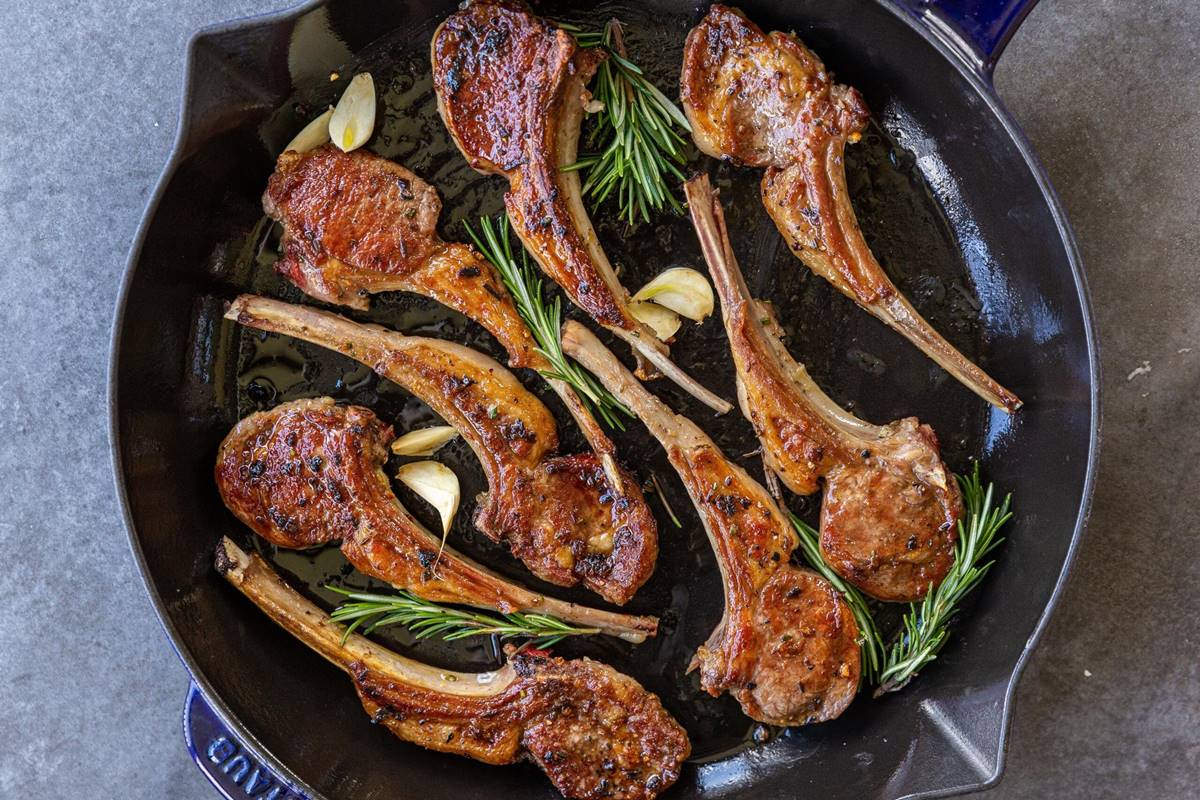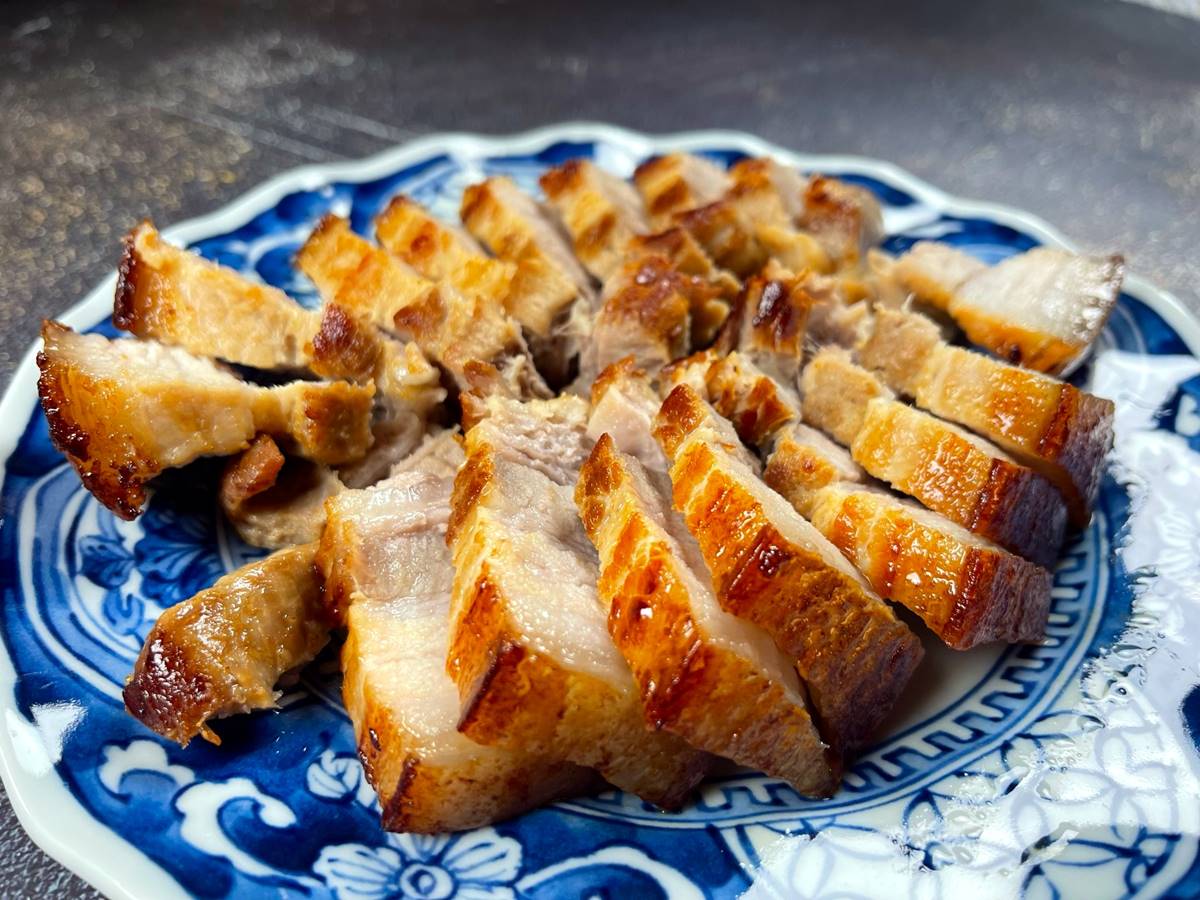Cooking Squash on the Stove: A Delicious and Nutritious Method
If you’re looking for a simple but satisfying way to prepare squash, cooking it on the stove is a fantastic option. Not only is it a quick and convenient method, but it also allows you to enhance the flavors and retain the nutrients of this versatile vegetable. In this guide, we’ll walk you through the steps on how to cook squash on the stove to perfection.
Choose the Right Squash
Before you start cooking, it’s essential to select the right type of squash for your recipe. Popular options include butternut, acorn, spaghetti, and yellow squash. Each variety offers a unique taste and texture, so consider the flavor profile you desire and the recipe you plan to make.
Step-by-Step Guide to Cooking Squash on the Stove
- Prepare the Squash: Start by washing the squash thoroughly. Then, using a sharp knife, cut off both ends and slice it in half lengthwise.
- Remove the Seeds: Use a spoon or a scoop to remove the seeds and the stringy pulp from the center of the squash. Discard them or save them for roasting later.
- Choose Your Cooking Method: There are two popular methods for cooking squash on the stove: sautéing and braising. Let’s explore both options:
Sautéing:
1. Dice or Slice: Cut the prepared squash into small cubes or thin slices, depending on your preference.
2. Heat the Pan: Heat a large skillet or frying pan over medium heat and add a drizzle of olive oil or butter.
3. Sauté the Squash: Place the diced or sliced squash in the pan and cook for about 10-12 minutes until tender, stirring occasionally to ensure even cooking.
4. Season to Taste: Sprinkle the cooked squash with salt, pepper, and any other desired seasonings, such as garlic powder, paprika, or herbs.
Braising:
1. Cut into Chunks: Instead of dicing or slicing, cut the squash into larger chunks.
2. Prep the Braising Liquid: In a large pot or Dutch oven, combine vegetable broth, water, or your preferred braising liquid. Add seasonings like salt, black pepper, and herbs for extra flavor.
3. Cook the Squash: Place the squash chunks into the pot, ensuring they are partially submerged in the braising liquid. Bring the mixture to a simmer and cook for approximately 15-20 minutes or until the squash is easily pierced with a fork.
4. Serve and Enjoy: Remove the squash from the pot and serve hot. Optionally, you can drizzle the cooked squash with a little olive oil and sprinkle some fresh herbs on top to elevate the flavors.
Delicious Ways to Enjoy Stovetop Cooked Squash
Now that you’ve mastered the art of cooking squash on the stove, it’s time to explore some tasty serving ideas:
- Toss the cooked squash with pasta, fresh herbs, and a sprinkle of Parmesan cheese for a quick and satisfying meal.
- Add sautéed squash slices to your favorite stir-fry recipe for an extra boost of flavor and color.
- Use cooked squash as a delicious topping for pizzas, flatbreads, or salads.
- Puree the braised squash and use it as a base for creamy soups or as a side dish to accompany grilled meats.
Whatever way you choose to enjoy your stovetop cooked squash, be prepared for a burst of flavors and a healthy dose of vitamins and minerals. Cooking squash on the stove is not only a culinary delight but also a fantastic way to incorporate more nutritious vegetables into your diet!
So, next time you’re craving squash, delve into the world of stovetop cooking and savor the deliciousness it brings. Your taste buds and your body will thank you!
For those looking to make the most of their squash cooking skills, several recipes stand out. The Sautéed Butternut Squash with Garlic and Herbs is a simple yet flavorful dish that highlights the natural sweetness of butternut squash. If you're in the mood for something hearty, try the Butternut Squash Curry, a warm and spicy option perfect for cozy dinners. The Spaghetti Squash with Marinara Sauce offers a lighter, low-carb alternative to pasta, while the Squash and Black Bean Enchiladas provide a satisfying Mexican twist. For a comforting meal, the Braised Acorn Squash with Thyme and Butter is a must-try; it combines the rich flavors of butter and thyme for a melt-in-your-mouth experience.
Was this page helpful?
Read Next: How To Cook Purple Sweet Potatoes
